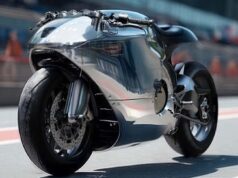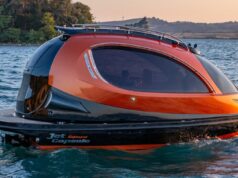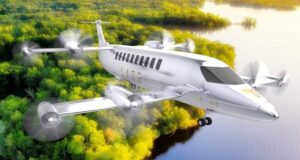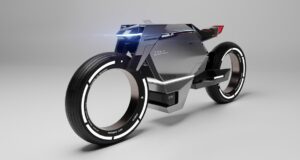The Boeing Pelican ULTRA (Ultra Large Transport Aircraft) was a proposed ground effect fixed-wing aircraft under study by Boeing Phantom Works.The Pelican is not targeted for civilian transportation, but it can be converted to a commercial airliner transporting up to 3,000 passengers.Like the pelican water bird for which it is named, the concept aircraft can both skim over water and soar to heights above mountain peaks.
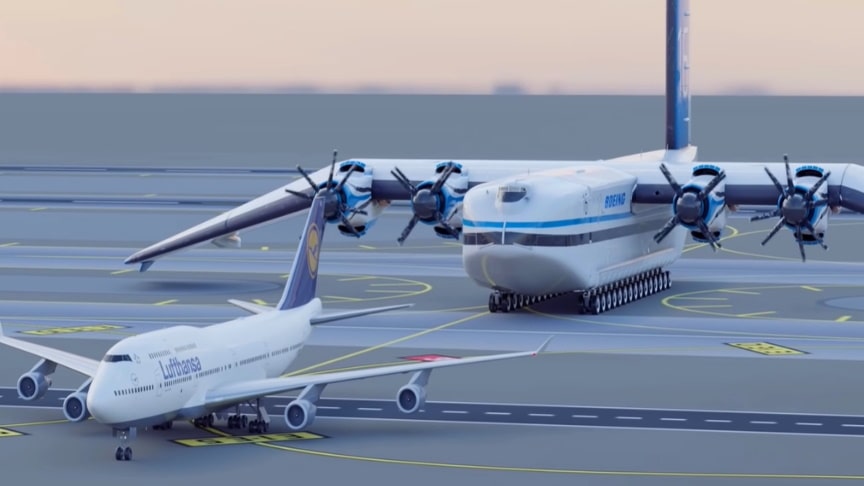
source/image: Found And Explained
However, the Pelican is not designed for contact with bodies of water, so although the aircraft cannot take off or land at sea, it can be designed to be lighter and more aerodynamic.The aircraft is a land-based ground effect vehicle that operates from conventional runways despite having an enormous maximum takeoff weight (MTOW) of 2.7 million kilograms 3,000 short tons.
During flight, the Pelican exits ground effect to climb a few thousand feet while the surface below the aircraft changes from ocean to solid ground, then enters descent to arrive at an airport like other airplanes.This capability differentiates the aircraft from some previously built ground effect vehicles such as the Caspian Sea Monster, whose relatively narrow 120-foot wingspan (37 m) could not produce enough lift to fly the large vehicle out of ground effect.
Advertisement
The Pelican would spend most of its time flying at between 20 feet and 50 feet, or roughly six to 15 metres, above the surface, although it would have the all-important ability to cruise at up to 20,000 feet or 6.100 metres in order to avoid terrain and lower-altitude inclement weather. By the way, the Pelican was conceptually very simple: it was a massive, conventional wing-body-tail cantilevered monoplane, whose payload would be carried in standard sea-going containers inside the enormous, unpressurised fuselage. An upper deck could be used to store a further single layer of containers. In short, the Pelican was to be a glorified hulk of a cargo plane.

